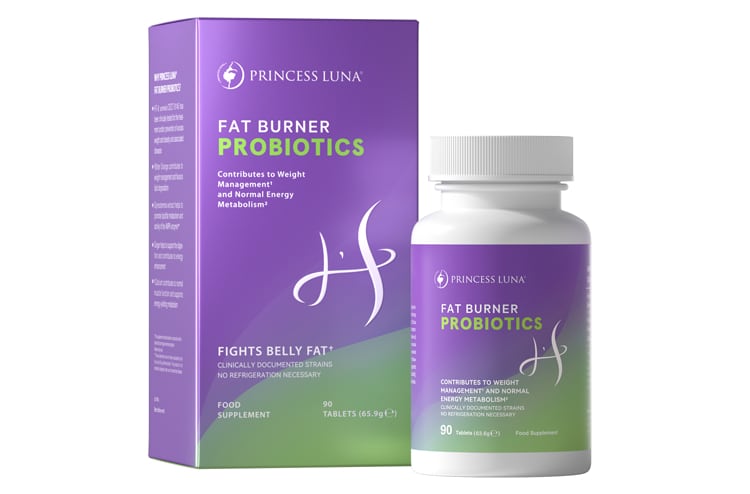Non-pharmacological approaches for migraine management have received considerable attention in recent years due to the low efficacy and side effects of medications used in conventional treatment, according to the researchers.
The complex pathophysiology of migraine is “still not well understood”, but existing data suggest that diet-related factors could influence migraine attacks.
To evaluate the association between dietary diversity score (DDS), clinical features of migraine, and serum levels of nitric oxide (NO), the researchers conducted a cross-sectional study from August 2019 to June 2020.
A total of 262 Iranian individuals (224 women and 34 men) aged between 20 and 50 years were included in the study.
The dietary intake of participants was assessed by an interviewer-administered 168-item food frequency questionnaire (FFQ). They were asked to report the consumption frequency of each food item — on a daily, weekly or monthly basis — from the preceding year.
Five dietary groups, namely dairy, grains, vegetables, fruits and meats, were used to calculate DDS.
In addition, participants received a 30-day “headache diary” to record the time of migraine onset, and frequency and duration of the attacks. Migraine severity was assessed by the visual analogue scale (VAS).
A short-form headache impact test (HIT-6) was performed to measure the effect of migraines on the participants’ ability to function at work, school, home, and social situations, while serum levels of NO were investigated using multiple linear regression analysis.
The findings indicated that the participants had a mean frequency of 7.8 migraine attacks per month, mean attack duration of 0.96 day/month, mean headache severity of 7.77, and mean HIT-6 score of 62.72 (which falls under the severe category).
It was also found that participants in the highest tertile of DDS had a markedly higher intake of total energy, protein, pasta, refined flour, tomato, starchy vegetables, yellow vegetables, cruciferous vegetables, fruit and fruit juice, berries and citrus, and milk, as well as a lower intake of fat and rice (all p < 0.05).
“There is a significant inverse association between DDS and headache frequency and serum levels of NO, when comparing participants in the last tertile to those in the first tertile. This demonstrates that the quality of diet in people with migraine is low,” the authors wrote.
The association remained significant even after adjustment for potential confounders, including age, sex, total energy intake, marital status, smoking status, migraine type, family history of migraine, arterial pressure, medication, physical activity, and BMI.
However, no meaningful link was found between DDS and HIT-6 score, migraine duration, and severity.
“The findings may be interpreted as a beneficial effect of DDS on migraine frequency. Nevertheless, it should be taken into account that this is only an association and bidirectionality may exist.
“It is possible that those with a higher frequency of migraine headaches omit more food triggers and have lower diet quality, owing to headache-induced nausea and vomiting. Further large-scale prospective studies are recommended to determine the relationship between intake of diverse foods and clinical outcomes of migraine.”
Role of nitric oxide
A growing body of evidence suggest that NO plays an important role in the pathogenesis of migraine both as an independent factor and by interacting with a nitrergic cascade.
For example, inflammation of the trigeminovascular system and the dilation of cerebral vessels occurring during episodes of migraine have been attributed to NO’s involvement.
“Our findings indicated that there is an inverse association between DDS and serum levels of NO. Enhancing dietary diversity by targeting NO synthesis may have a favourable effect on migraine headaches. More research is essential to confirm this hypothesis and explore the causality,” the authors added.
Dietary approach
Past studies using the DDS have shown that diet quality is associated with reduced risk of depression, metabolic syndrome, abdominal obesity, and cardiovascular disease in the Iranian population.
“Previous research indicated that consuming diverse foods, particularly different types of plant foods, improves microbial profile. Recent findings from human and animal studies have also implied a relationship between the gut microbiome and migraine headaches.
“Therefore, it is assumed that one of the mechanisms through which consuming a more diverse diet can improve migraine is the effect on the gut microbiota and brain-gut axis.”
There is also increasing data on the impact of oxidative stress in migraine pathogenesis. A diet with greater amounts of fruits and vegetables containing various antioxidants is believed to improve migraine symptoms by modulating oxidative stress.
In previous studies, 12 to 60% of people with migraine reported foods as triggers of headache attacks. Specifically, foods containing caffeine, chocolate, milk, cheese, and alcoholic beverages have been named as common triggers.
On the other hand, dietary interventions such as low-fat diet, low glycaemic index diet, elimination diet, ketogenic diet, and the Dietary Approaches to Stop Hypertension (DASH) eating plan have shown promising therapeutic benefits for migraine.
“To routinely use dietary approaches in the management of migraine, further research on the correlation between food intake and clinical characteristics of migraine is needed,” the authors reiterated.
Source: Frontiers
https://doi.org/10.3389/fnut.2023.1206278
“Associations between dietary diversity score and migraine headaches: the results from a cross-sectional study”
Authors: Shahnaz Amani Tirani, et al





